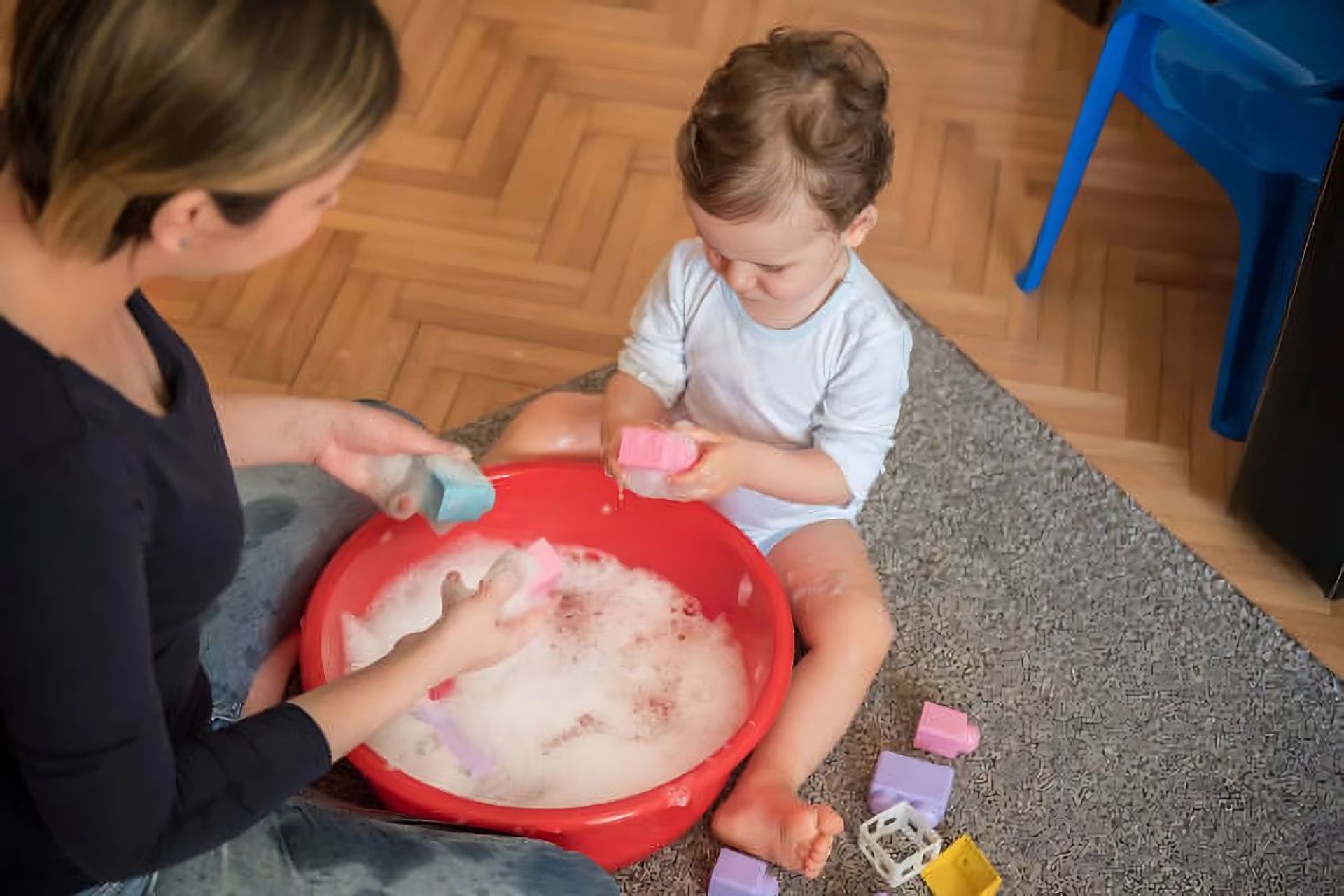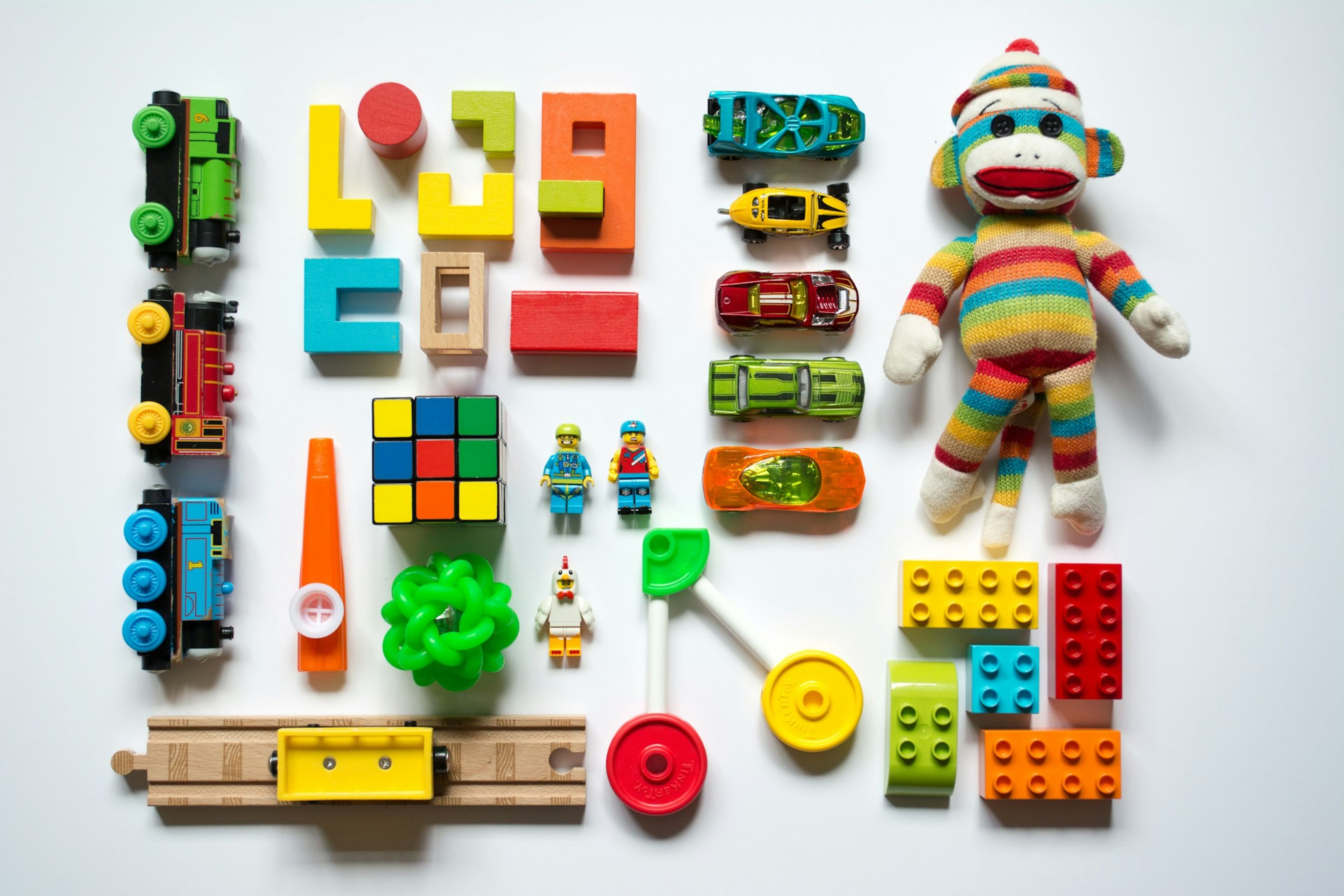How to Clean Wooden Toys Safely

Wooden toys are not only beautiful and durable, but they also provide a safe and natural play experience for children. However, like any other toy, wooden toys can accumulate dirt, germs, and grime over time.
It is important to clean and maintain wooden toys regularly to ensure they remain safe and hygienic for children to play with.
In this article, we will discuss the importance of cleaning wooden toys, the benefits of doing so, and provide you with safe and effective methods for cleaning and preserving these cherished playthings.
Why Clean Wooden Toys?
Cleaning wooden toys is essential for several reasons. First and foremost, it helps to remove dirt, dust, and germs that can accumulate on the surface of the toys.
Children often put toys in their mouths, so it is crucial to keep them clean to prevent the spread of bacteria and viruses.
Additionally, regular cleaning can help to prolong the lifespan of wooden toys, ensuring they remain in good condition for years to come.
Benefits of Cleaning Wooden Toys
There are numerous benefits to cleaning wooden toys regularly. Here are a few:
-
Health and Safety: Regular cleaning helps to eliminate harmful bacteria and germs, reducing the risk of illness and infection for children.
-
Durability: Cleaning and maintaining wooden toys can help prevent damage and extend their lifespan, allowing them to be enjoyed by multiple generations.
-
Aesthetics: Clean toys not only look more appealing but also provide a more enjoyable play experience for children.
-
Eco-Friendly: By using natural cleaning solutions, you can ensure that your cleaning routine is environmentally friendly and free from harsh chemicals.
Understanding Wooden Toy Materials
Before we dive into the cleaning methods, it is important to understand the different types of wood used in toys and the safety considerations associated with them.
Types of Wood Used in Toys
Wooden toys are typically made from a variety of woods, including hardwoods like maple, oak, and walnut, as well as softwoods like pine and cedar.
Each type of wood has its own unique characteristics and requires specific care. It is important to research the specific type of wood used in your toys to ensure proper cleaning and maintenance.
Safety Considerations for Wooden Toys
When cleaning wooden toys, it is important to consider the safety of the child as well as the toy itself. Here are a few safety considerations to keep in mind:
-
Avoid Submerging in Water: Wooden toys should not be soaked or submerged in water, as this can cause warping or damage to the wood.
-
Avoid Harsh Chemicals: Harsh chemicals can strip the natural finish of wooden toys and may be harmful if ingested by children. Stick to non-toxic cleaners specifically formulated for toys.
-
Inspect for Splinters or Loose Parts: Before cleaning, carefully inspect the toys for any splinters or loose parts that may pose a safety hazard. Repair or replace any damaged toys before allowing children to play with them.
Preparation Before Cleaning
Before you begin cleaning your wooden toys, it is important to gather the necessary cleaning supplies and inspect the toys for any damage.
Gathering Cleaning Supplies
To clean wooden toys safely, you will need the following supplies:
-
Mild soap or a natural toy cleaner
-
Warm water
-
Soft cloth or sponge
-
Vinegar (optional)
-
Baking soda (optional)
-
Natural disinfectant spray (optional)
Inspecting for Damage
Before cleaning, carefully inspect each wooden toy for any signs of damage, such as splinters, loose parts, or peeling paint. If you notice any issues, repair or replace the toy before cleaning.
It is important to ensure that the toys are in good condition to prevent any safety hazards during play.
Methods for Cleaning Wooden Toys
Now that you have gathered your cleaning supplies and inspected the toys, it's time to clean them. There are several safe and effective methods for cleaning wooden toys.
Using Mild Soap and Water
One of the simplest and most effective ways to clean wooden toys is by using a mild soap and water solution. Follow these steps:
-
Fill a basin or sink with warm water: Make sure the water is not too hot to avoid damaging the wood.
-
Add a small amount of mild soap: Use a gentle, non-toxic soap specifically formulated for cleaning toys.
-
Dip a soft cloth or sponge into the soapy water: Wring out any excess water to avoid saturating the wood.
-
Gently wipe the surface of the toys: Pay attention to any crevices or hard-to-reach areas. Avoid submerging the toys in the water.
-
Rinse the toys with clean water: Use a separate cloth or sponge dampened with clean water to remove any soap residue.
-
Pat dry with a soft towel: Make sure the toys are completely dry before allowing children to play with them.
Using Vinegar and Water Solution
Vinegar is a natural disinfectant and can be used to clean and sanitize wooden toys.
While vinegar is a great choice as a cleaner, it has a pretty limited usage as a disinfectant. It can only reduce certain type of pathogens.
Here's how to do it:
-
Mix equal parts vinegar and water: Fill a spray bottle with the solution.
-
Spray the solution onto a soft cloth or sponge: Avoid spraying directly onto the toys to prevent saturation.
-
Wipe the toys thoroughly: Pay attention to any dirty or sticky areas.
-
Rinse with clean water: Use a separate cloth or sponge dampened with clean water to remove any vinegar residue.
-
Pat dry with a soft towel: Ensure the toys are completely dry before returning them to the play area.
Using Baking Soda Paste
Baking soda is a natural abrasive that can help remove tough stains and grime from wooden toys. Here's how to make a baking soda paste:
-
Mix baking soda with water: Combine equal parts baking soda and water to form a thick paste.
-
Apply the paste to the stained areas: Use a soft cloth or sponge to gently scrub the paste onto the toys.
-
Let the paste sit for a few minutes: Allow the paste to work its magic and break down the stains.
-
Wipe off the paste with a damp cloth: Use a clean, damp cloth to remove the baking soda paste from the toys.
-
Dry the toys thoroughly: Ensure the toys are completely dry before allowing children to play with them.
Using Natural Disinfectants
If you prefer a ready-to-use natural disinfectant, there are several options available on the market.
Look for non-toxic, child-safe disinfectant sprays specifically formulated for wooden toys.
Follow the instructions on the product label for safe and effective use.
Drying and Storing Wooden Toys
After cleaning, it is important to properly dry and store wooden toys to prevent damage and maintain their quality.
Air Drying
To air dry wooden toys, simply place them on a clean towel or drying rack in a well-ventilated area. Avoid placing them in direct sunlight or near a heat source, as this can cause the wood to warp or crack.
Allow the toys to air dry completely before storing or returning them to the play area.
To speed things up, you could wrap the toy in a clean towel and gently press it to blot out water.
Proper Storage Techniques
Proper storage is essential for preserving the quality of wooden toys. Here are a few tips:
-
Keep toys in a clean, dry environment: Moisture can damage wooden toys, so store them in a cool, dry place away from direct sunlight.
-
Avoid overcrowding: Give each toy enough space to prevent scratching or damage.
-
Use breathable containers: Opt for storage containers made of natural materials like cotton or linen to allow air circulation and prevent moisture buildup.
-
Label and organize: Use labels or dividers to keep toys organized and easily accessible.
Tips for Maintaining Wooden Toys
Regular cleaning and maintenance are key to keeping wooden toys in top condition. Here are a few tips to help you maintain your wooden toys:
Regular Cleaning Schedule
Create a cleaning schedule to ensure that wooden toys are cleaned regularly. Depending on the frequency of use, aim to clean the toys at least once a month or as needed.
Regular cleaning will help prevent dirt and grime buildup and keep the toys looking their best.
Avoiding Harsh Chemicals
When cleaning wooden toys, it is important to avoid harsh chemicals that can strip the natural finish or pose a risk to children. Stick to non-toxic, eco-friendly cleaners specifically formulated for toys.
Always read the labels and follow the instructions for safe and effective use.
Conclusion
Safe cleaning for wooden toys is essential for maintaining their beauty, durability, and safety. By using natural cleaning solutions and following proper cleaning techniques, you can ensure that your child's wooden toys remain clean, hygienic, and free from harmful bacteria.
Regular cleaning and maintenance will not only prolong the lifespan of the toys but also provide a safe and enjoyable play experience for your child.
Remember to always prioritize the health and safety of your child when cleaning and caring for wooden toys.




